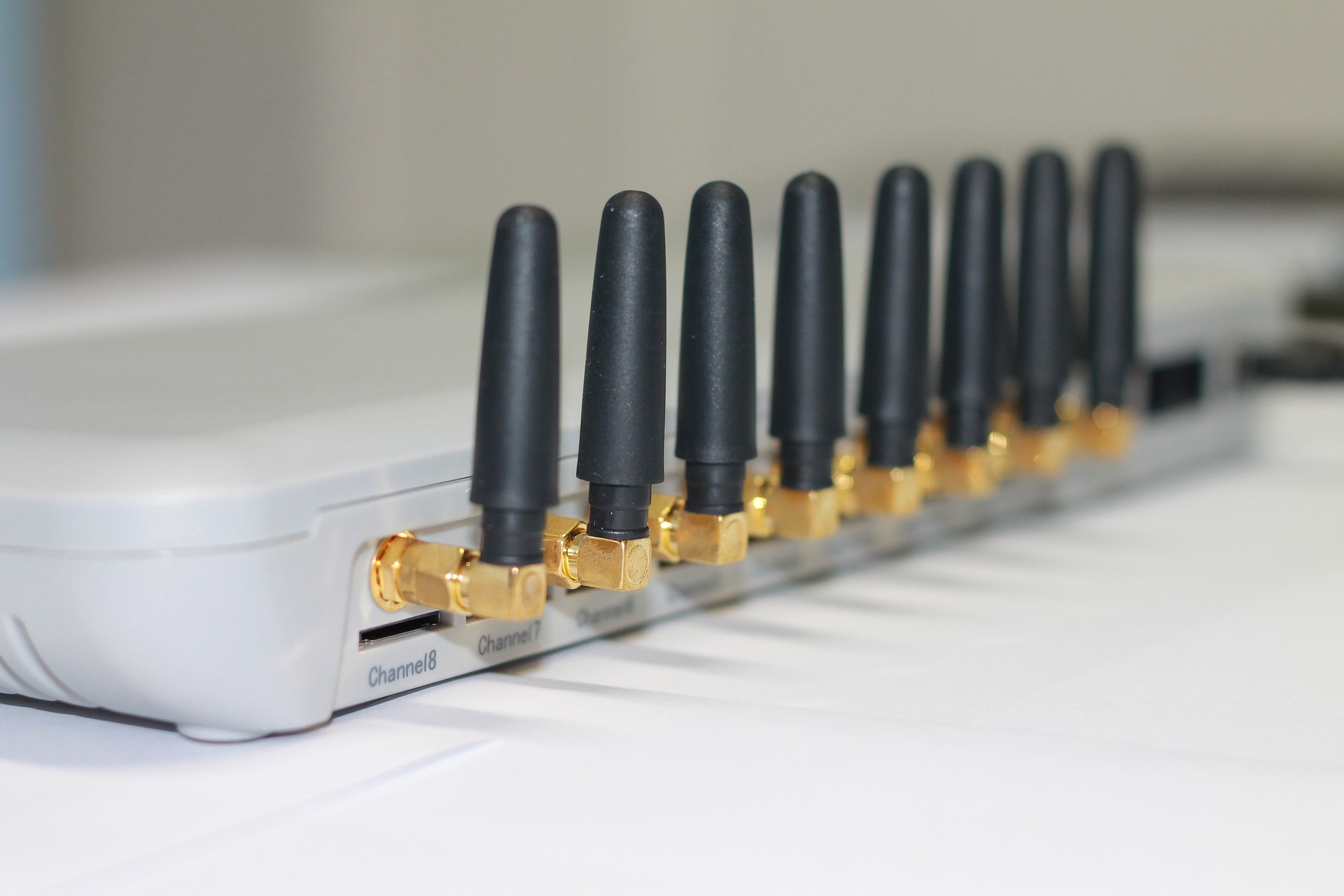Bridging the Digital Divide: A Look at Broadband Expansion in the U.S.
In the 21st century, internet connectivity has become as essential as electricity and running water. Yet, despite its importance, millions of Americans still lack access to reliable broadband infrastructure. This article delves into the current state of broadband expansion in the United States and its potential to bridge the long-standing digital divide.

The Digital Divide: A Historical Overview
In the early days of the internet, access was a luxury limited to those who could afford personal computers and dial-up connections. As the internet evolved into a crucial tool for communication, education, and business, the gap between those with access and those without became known as the “digital divide”. This divide primarily affected rural areas and low-income households that were often bypassed by major service providers due to the high costs associated with building infrastructure in these areas.
Tailwinds for Expansion: Policymaking and Industry Developments
In recent years, federal and state governments have begun to recognize internet access as a public utility, leading to policies aimed at expanding broadband to unserved or underserved areas. The American Recovery and Reinvestment Act of 2009, for example, allocated billions of dollars to broadband expansion projects across the country.
On the industry front, the emergence of new technologies and service models has made it possible for smaller providers to enter the market and challenge the dominance of big telecom companies. These small-scale, often local providers are more willing to invest in rural and low-income areas, creating competitive pressure that can lead to more extensive and affordable service offerings.
Broadband Today: Progress and Challenges
While significant progress has been made in expanding broadband access, many obstacles remain. The high cost of building and maintaining infrastructure continues to be a barrier, especially in rural areas where homes are far apart. In addition, there is a need for digital literacy programs to ensure that once internet access is available, individuals can effectively use it.
The Future of Broadband Access
Despite the challenges, the future of broadband access in America looks promising. The combination of government funding, industry innovation, and increasing public awareness about the importance of internet access suggests that the digital divide may finally be on the verge of being bridged. Nonetheless, there is still much work to be done, and the task of ensuring universal internet access will require continued dedication from policymakers, industry actors, and communities.
The Journey Ahead
Broadband expansion in the United States is a complicated, ongoing process. It is a journey fraught with obstacles, from infrastructure costs to digital literacy gaps. However, the strides made over the past decade indicate that we are moving in the right direction. As we continue to work toward a future where reliable, affordable internet access is available to all, it is important to remember that the digital divide is not just a technological issue but a social one. It is about ensuring that everyone, regardless of where they live or how much they earn, has the opportunity to participate in the digital world.




